The 10 Science Moments You Need to Care About in 2024

"Hearst Magazines and Yahoo may earn commission or revenue on some items through these links."
Instead of worrying about the inevitable horrors that 2024 will bring—it’s an election year, after all—let’s instead look forward to the scientific breakthroughs and milestones on the horizon. From NASA’s long-delayed return to the surface of the Moon to a supersonic next-gen aircraft finally hitting the skies, here are 10 wonders that will make this year one to remember.
Artemis II
Humans haven’t returned to Earth’s lonely satellite for more than half a century, but that all changes in 2024. When NASA’s Artemis II mission launches in November, it’ll be the first time astronauts have orbited the Moon since the Apollo 17 mission in 1972.
The four-person crew is made up of three Americans and one Canadian, and the mission is the continuation of the larger Artemis program, which aims to reestablish a human presence on the Moon.
Artemis II’s 10-day flight will test the Space Launch System (SLS) and Orion spacecraft, as well as other NASA deep-space exploration capabilities, and if it’s successful, the mission will be a huge step toward humanity’s return to the lunar surface.

CRISPR Goes Mainstream
For 13 years, gene-editing therapies have been tantalizingly close with the development of clustered regularly interspaced short palindromic repeats, or CRISPR. This tech edits the genome and DNA to combat genetic diseases. In December 2023, the U.S. Food and Drug Administration (FDA) approved the very first CRISPR treatment in the U.S. for sickle cell disease, and the acceptance of CRISPR therapies will broaden in 2024.
The FDA is expected to approve another CRISPR therapy targeting beta thalassemia, a blood disease that affects the production of beta globin (a building block of the very important hemoglobin), in March 2024. And other similar FDA approvals—which experts say have generally recovered from the COVID-19 slump—could be on the horizon.

The Launch of Europa Clipper Mission
Scientists think an ocean of water lies beneath Europa’s icy crust, so NASA is sending an orbiter to the Jovian moon to get a better look. The launch of Europa Clipper in October is only the beginning of a years-long mission—in fact, it’ll take the orbiter nearly six years to arrive at its destination in the outer Solar System. Once there, it’ll enter orbit around Jupiter and make some 50 flybys of Europa, the closest of which will be only 16 miles above the surface.
With each of these flybys approaching the moon from a different location, the surface of Europa will also be completely mapped using high-resolution cameras, and a suite of other science instruments will discern the Galilean moon’s suitability for life.
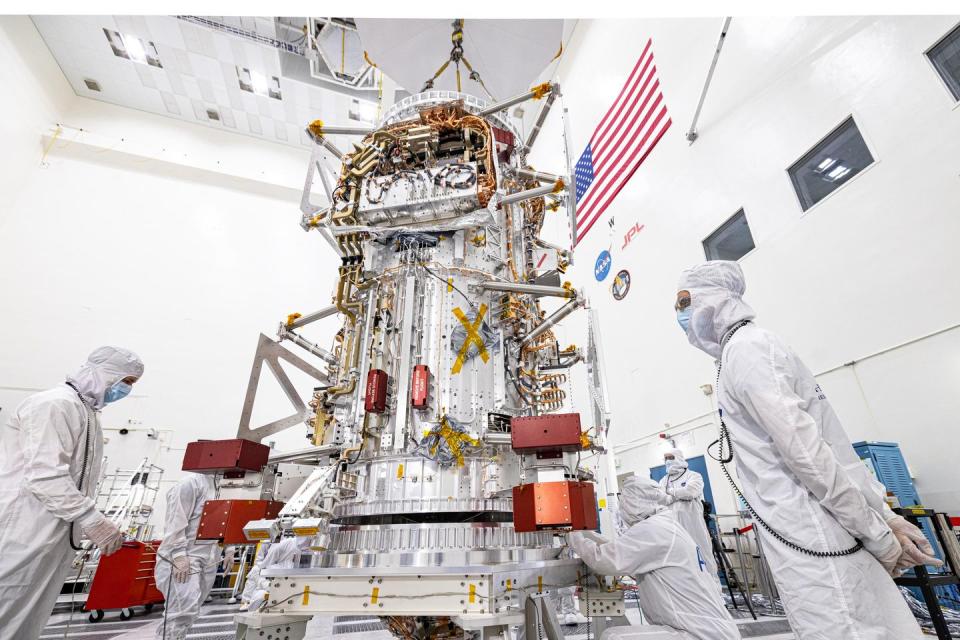
Fighting Mosquitoes With…Mosquitoes
The U.S. Centers for Disease Control and Prevention (CDC) calls mosquitoes the “world’s deadliest animal” for good reason—these insects are the cause of 700,000 deaths every year.
In 2024, the World Mosquito Program will fight fire with fire by releasing billions of mosquitoes in Brazil engineered with the Wolbachia bacterium, which prevents the spread of disease. The hope is to specifically limit the spread of dengue fever, which causes a high fever, rash, and joint pain that sometimes leads to death. Brazil recorded the second most cases of dengue fever in the Americas in 2022, with roughly 1,104.5 cases per 100,000 people.
These altered mosquitoes could also help tamp down other mosquito-borne diseases, such as chikungunya, Zika virus, and yellow fever.
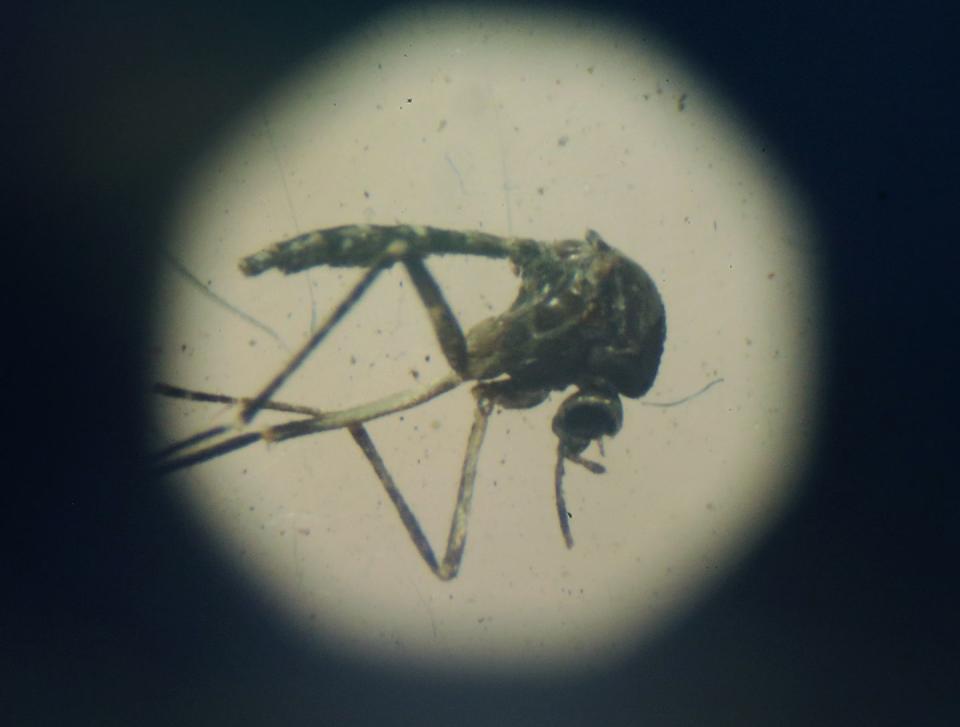
Great North American Eclipse
April 8, 2024 will be a big space day for North America. Beginning along Mexico’s Pacific Coast at 11:07 AM PT, a total solar eclipse will cut its way across the continent, rivaling the eclipse event that fascinated the U.S. seven years earlier. The path of the eclipse in the U.S. will first pass over Texas, and then travel through Oklahoma, Arkansas, Missouri, Illinois, Kentucky, Indiana, Ohio, Pennsylvania, New York, Vermont, and New Hampshire before heading toward the Great White North through Maine. If you missed the North American eclipse in 2017, this is your last chance to see one until 2044. Just remember to pack protective eyewear!
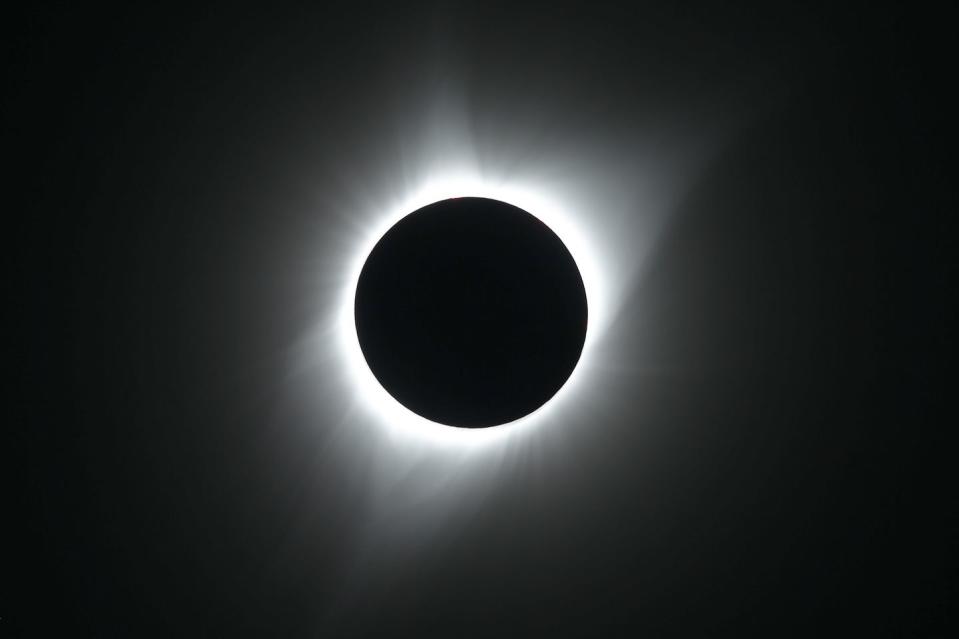
Solar and Wind Will Finally Outperform Coal in the U.S.
The dirty energy source behind the industrial revolution will finally meet its maker in 2024, as the U.S. expects wind and solar to out-produce coal by 90 billion kilowatt hours—the first year that’s ever happened in U.S. history. This milestone will be aided largely by an explosion of solar panel construction that is expected to add 37 gigawatts of capacity in 2024, increasing solar generation by nearly 40 percent.
The nation’s two largest offshore wind farms, Vineyard Wind off the coast of Massachusetts and South Fork Wind near Rhode Island, will also start pumping out electrons in 2024—and that’s not the only piece of good news.
Also in 2024, Dominion Energy in Virginia will start construction on the Coastal Virginia Offshore Wind Farm, which will contain 176 turbines and will be the largest farm of its kind in the U.S. when it goes online in 2026.
It’s a step in the right direction, but more is needed in 2024 and beyond to avoid the most dire impacts of a warming world.

X-59 Quiet Supersonic Aircraft First Flight
The dream of commercial supersonic flight has been largely abandoned since the Concorde’s final flight in 2003. Because of the pesky sonic booms that accompany objects breaking the sound barrier, supersonic flight has just never really made it to the masses. But in 2024, NASA hopes its demonstration of the X-59 Quiet Supersonic Transport (QueSST) will show that this faster-than-sound dream is alive and well.
Built by Lockheed Martin, this next-gen supersonic aircraft uses the landing gear of an F-16 and the life-support system of an F-15 all packed inside an airframe that—according to NASA—transforms a sonic boom into a mere “thump.”
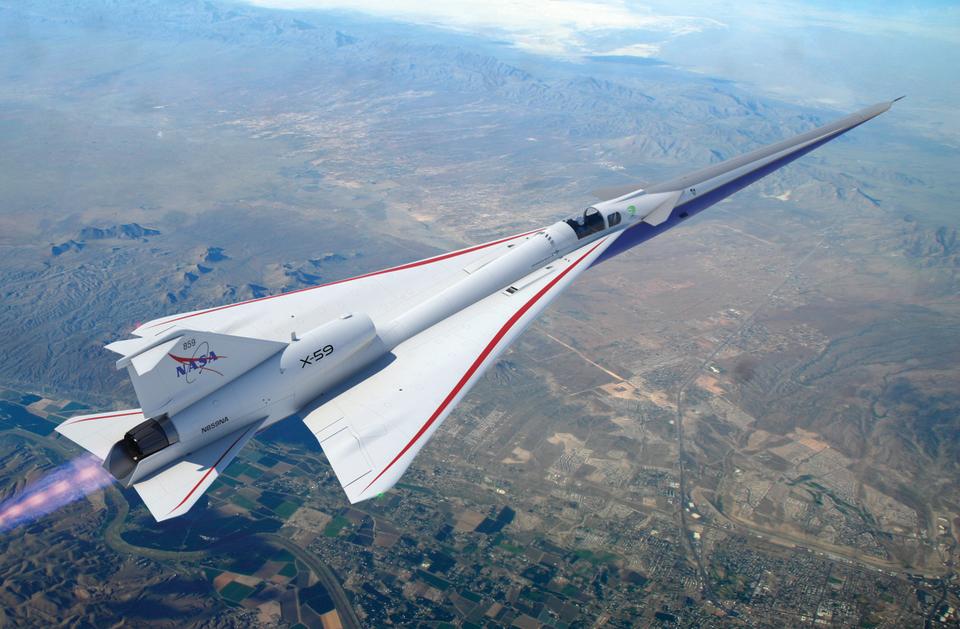
The Search for Dark Matter Heats Up
The search for dark matter is one of physics’ biggest undertakings, and it could make headlines in 2024. Germany’s Deutsches Elektronen-Synchrotron’s (DESY) Any Light Particle Search (ALPS) experiment uses recycled superconducting magnets, laser beams, and interferometry in the search for axions, a (currently) hypothetical particle that’s a compelling candidate for dark matter. The first results from ALPS are expected sometime in 2024. DESY will also look for axions transforming into photons at the center of the Sun using its BabyIAXO solar telescope. The search continues.
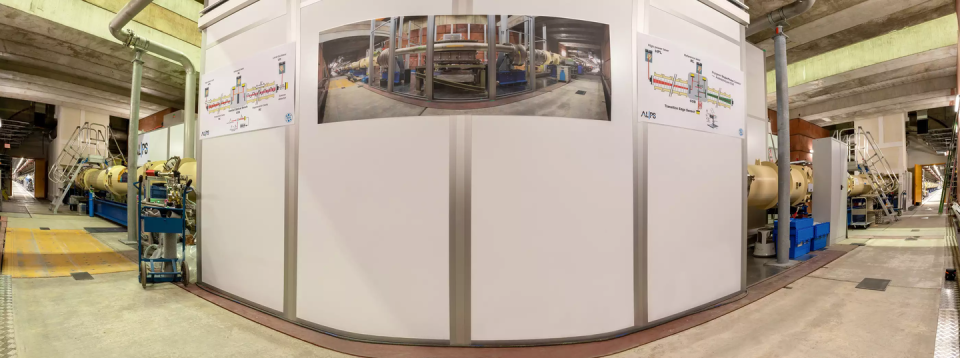
Lots of New Rockets
The current spaceflight frontrunner SpaceX had a record-breaking 2023 with 96 launches, but this year, the company will face some fierce competition. The United Launch Alliance—a co-production of Boeing and Lockheed Martin—will launch its Vulcan rocket, Europe will get a new rocket this summer with the Ariane 6, Japan will launch its H3 rocket (and hopefully deliver a mission success this time), and Blue Origin is also ready to light its New Glenn candle to rival to SpaceX’s Falcon 9 rocket.
Spaceplanes will also stand front and center in 2024, as Sierra Space’s Dream Chaser and Boeing’s Starliner are ready for launch.
Of course, as is often the case with rockets, all launches are subject to unforeseen delays. But there’s a lot of potential.
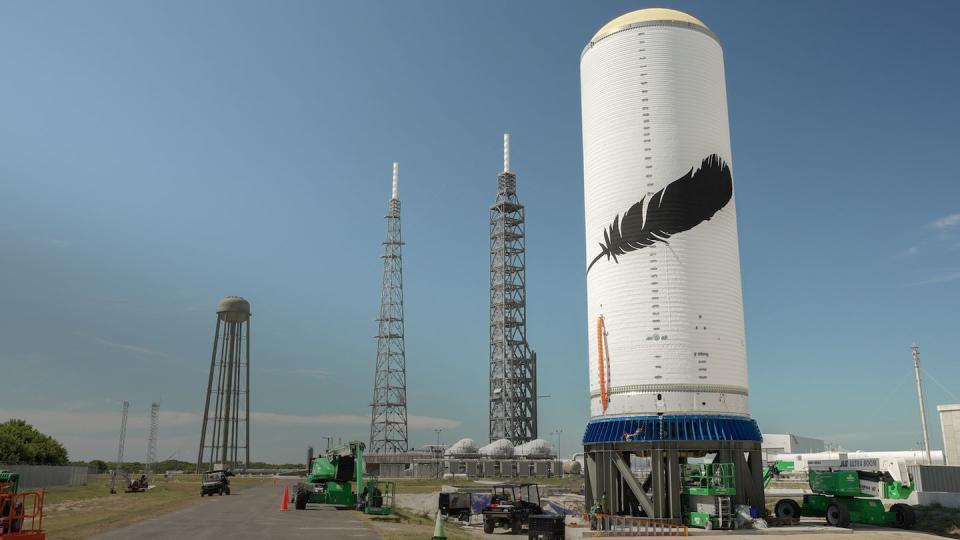
AI Advances (and Much-Needed Regulation)
The big story of 2023 was the unprecedented rise of AI, especially OpenAI’s ChatGPT. And the plot will only thicken in 2024. AI will really explode once it reaches mobile phones, the 2024 Paris Olympics will display the technological power of AI-powered surveillance systems, and we’re likely to experience the headache of AI-generated content during the U.S. election.
But this unrelenting AI push will also begin to meet staunch regulation. At the end of 2023, the European Union passed new rules regarding AI, and in October, Biden passed an executive order regarding the safe development of AI in the U.S. It’s likely Congress will take up the matter in 2024.

You Might Also Like

